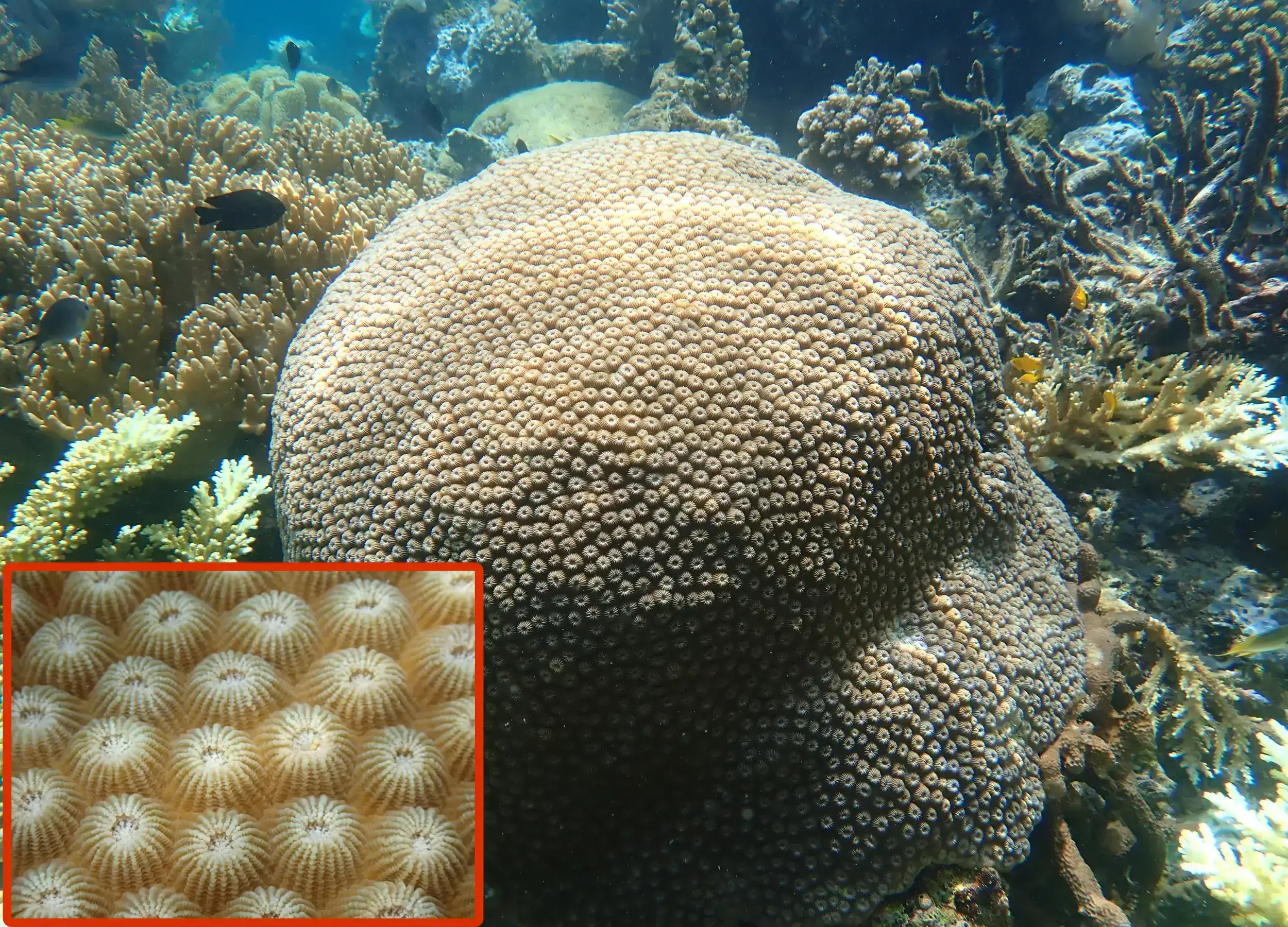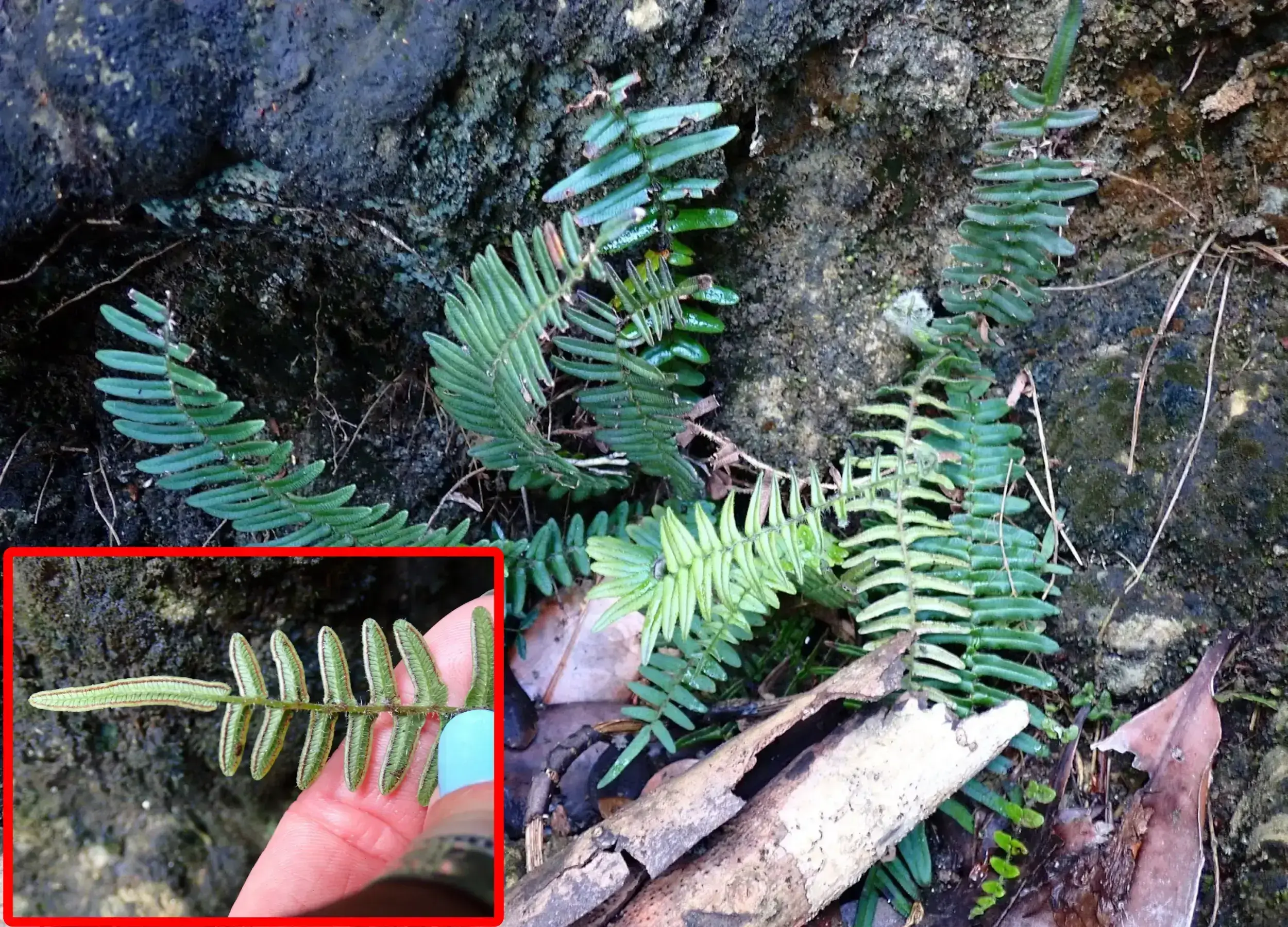By Abby Hyde – (iNaturalist ID: abbyhyde)
Between December 29th to January 7th, I was ecstatic to be aboard the Ombak Putih (White Wave) on a Raja Ampat cruise round trip from Sorong.
The Raja Ampat archipelago is known for its marine and land biodiversity; the richest on earth. It forms part of the Coral Triangle which, according to the Coral Triangle Initiative, is home to ~600 species of coral. This quantity represents roughly 76% of the world’s total coral species!

Now imagine all the species of fish that live in and around these diverse reefs. It is estimated that over 2,000 reef fish species occur within the coral triangle. I don’t know about you, but these statistics blew my mind!
Citizen Science Platform for an Aspiring Naturalist
As an aspiring naturalist, the online citizen science platform iNaturalist has become my strongest tool. It is not only beneficial for personal learning, it’s also a “crowdsourced species identification system and an organism occurrence recording tool” – iNaturalist.
For simplicity, it is an app/webpage where you can upload images or sound recordings to put points on a map. But it is so much more compelling than that. Once you upload an image or recording, artificial intelligence (AI) suggests an identification to a varying degree depending on the quality of the image: for example, to family, genus, or species level. People then confirm if the AI suggestion was correct or not.

These people are from all over the world! Once a majority of people/experts in that taxon help verify the ‘observations’ species it becomes ‘research grade’ and can be used for research papers and scientific data. This data is for ‘occurrences’ as mentioned above, which could mean range extensions and other exciting discoveries.
Contribute to Citizen Science by Travelling
As of now, the coral triangle is pretty underrepresented on iNaturalist. It shows 1,080 species of fish observed in the Raja Ampat Regency. That means more than 500 species are likely to occur which have yet to be ‘observed’ and uploaded. The same goes for coral, only 245 species have been observed but around 600 occur.
Submitting a “first” is very exciting because you are putting a data point on the map which would otherwise be completely unknown. This accumulation of data has reached 16,889,336 observations worldwide and is growing by the minute.

During my trip to Raja Ampat, I took 1,391 observations and 632 species. All of these things were seen during day treks or snorkelling excursions. It feels very rewarding to contribute to citizen science and potentially find new species. Just on this trip, I observed multiple “firsts” for iNaturalist, both of which were plants.

Being on a boat truly allows you to visit places that are unique, special, and full of discoveries. Unearthing mysteries of nature is not only in the past with Naturalists such as Wallace, these sightings can even occur on vacation while exploring on a SeaTrek Sailing Adventures voyage.
Be an iNaturalist and Contribute to Citizen Science
As SeaTrek mentioned during the trip, the more you know the more you see. By using iNaturalist wherever you travel, you will find that you start to see more and more species.
The iNaturalist website has tips and tricks for the types of pictures you should take of different taxa so it’s more likely to reach a species-level identification. For example, with plants, take photos of both sides of the leaf, the flower or fruit, close-up photo, and lastly a photo far away including the general habitat. You can see some examples with my photos and watch the video below for getting set up.
I hope this has inspired you to also become an iNaturalist and contribute to citizen science!







